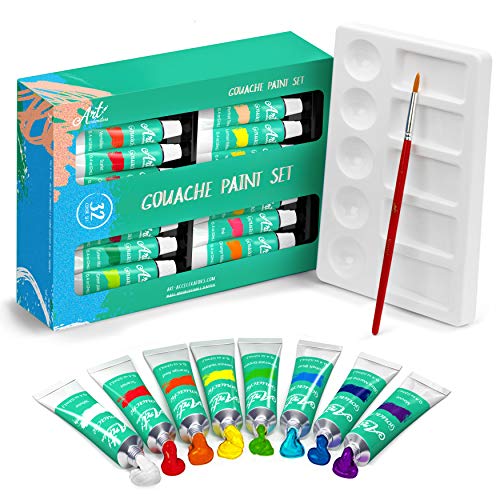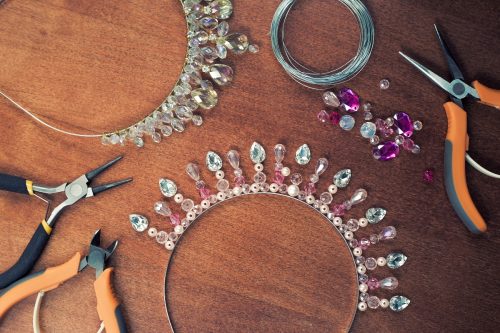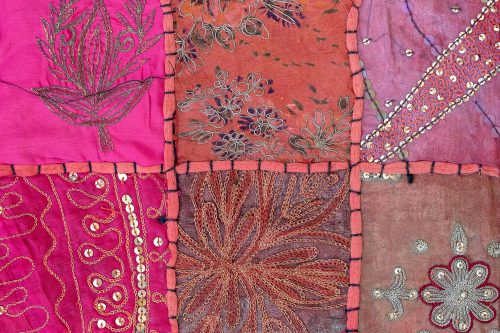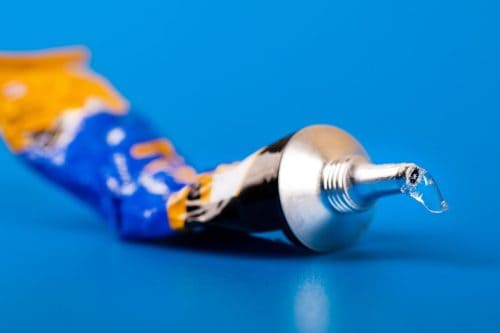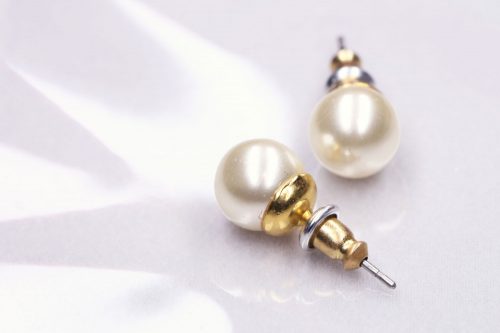Painting is a relaxing medium to express yourself. There are a lot of various types of paint on the market, but just how many are there? There is no need to go aisle by aisle reading each tube because we've gathered a list for you of different types of paint.
Whether you're beginning your painting journey or stepping up to the next level, there is a paint for you. You can always try a few tubes of each out to see which will work best for you; smaller sizes of the student grade series are wallet-friendly. Below is a list of seven types of paint for you to try out:
- Oil
- Gouache
- Acrylic
- Fabric
- Water Color
- Spray
- Body
Each category of paint comes with its own series of difficulty levels. This allows you to find a paint you enjoy and move from beginner to professional. Keep reading to find out more about each paint and what makes them unique. Plus, we've added in some projects to help jump-start your process.
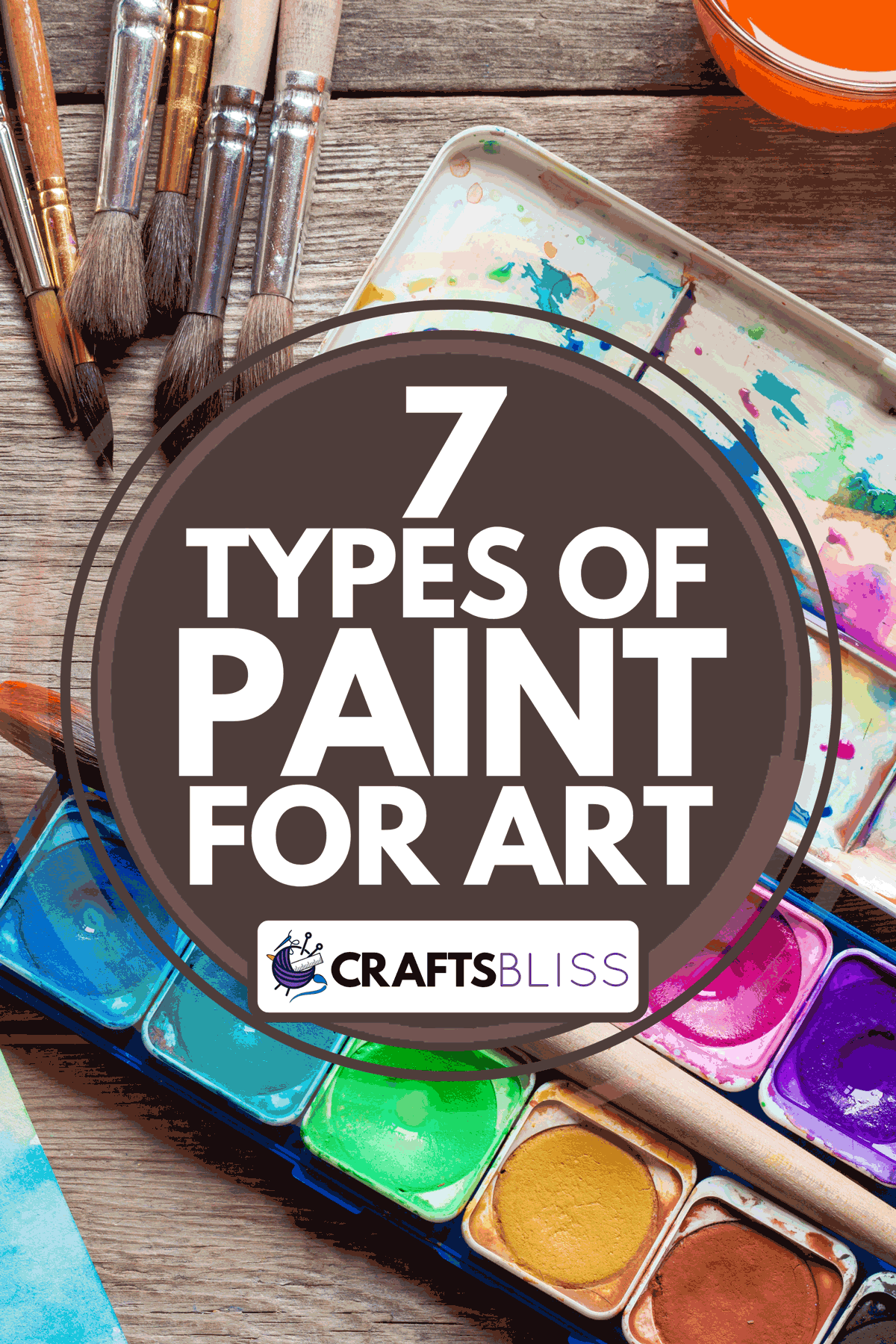
7 Types Of Paint For Art
1. Oil
One of the most recognized and oldest types of paint, oil. To try and name all the colors available in the medium wouldn't do it justice, as there are over 100 hues. Traditional oil paint is thick and opaque, meaning your brush strokes will hold their own after one layer. The stand-alone characteristic of oil paints is their slow drying time. Artists are able to go back, hours, or even days to continue working and reworking the same painting.
Professional Vs. student series
Professional oil brands are made with all one pigment and high-quality binding oil. This series can run anywhere between $15 and $150, including sets. Professional grade oils should be used by experienced painters, especially since the tubes can get costly.
Click here to view this oil paint set on Amazon.
Student oils are a mix of lower pigments to give different hues instead of one vibrant color. The mixtures make it easier to have more premade colors instead of blending. Students' paint is closer to the range of $4 to $35. Oil-bound paints will require a chemical called mineral spirits to clean the brushes.
Water-soluble
Unlike the traditional oil binding agent usually used, a modified binder is used to allow the paint to be cleaned with water. However, it still has the same drying time but will become dull if diluted too much.
Click here to view this water-soluble oil paint on Amazon.
Time to practice! One project you can begin with is good old fashion technique practice. Really get to know what your paint and brushes can do by starting with a simple still life. Another would be to follow along with non-other than Bob Ross! A great way to follow along and paint landscapes.
2. Gouache (Goo-aash)
A nontransparent branch in the watercolor family, gouache applies in solid colors. This type of paint leans more to an intermediate difficulty since it dries very quickly. It dries matte, making it ideal for scanning and reproducing. Gouache comes in either solid colors, from yellow to red, or mixed, such as burgundy or olive. Tubs start at $5 and can run up to $55 for a set.
Click here to view this gouache paint set on Amazon.
The first project to try would be an abstract painting. See how well different colors can layer over each other and still have a vibrant color. The second project is painting flowers. Flowers are a noteworthy subject matter due to all their slight color changes.
3. Acrylic
Acrylic can be found just about anywhere and in many different forms. There's craft, kids, professional, fluid, and student. Made from pigment and a synthetic binder, acrylic paint can be washed with water and won't yellow over time. An awesome factor with acrylic is that anyone can use it!
Fluid or Soft
Fluid acrylic has become more mentioned in recent years from the rise of the paint pouring art technique. Also called a soft acrylic, it is looser in thickness but still packed with pigment. These sell from $5 to $100 for high series sets.
Click here to view these fluid acrylics on Amazon.
Craft
Craft paint comes in every color imaginable and then some. You can find ones with glitter or that are metallic starting at just a dollar. Kids' acrylics are often only sold in primary colors, around the price of $5 for a tub. Overall, acrylic is very affordable.
A cute and decoration craft would be to dot paint rocks. This can be any sort of rock you'd like, and take time to cover it in your favorite colors. Then you can display it out in the garden or window sill. Need an idea for your children? Prop up a piece of plexiglass and allow them to paint on it outdoors. You can simply wash it off and start again!
4. Fabric
A wearable type of paint, fabric paint, lets you take your art with you. Colors can be slightly limited on the shelves, but you can mix them together to make new hues. Standard fabric paints are thick; they also come in a 3D puff form and a thinner type for airbrushing. This is an all ages and all levels paint. Everyday fabric paint comes in low at $3 but can go into the $60 range for sets.
Click here to view this fabric paint on Amazon.
What better way to remember a family gathering or special day than with a shirt. You'll be able to make customized shirts for each person in the color they love. This goes for sports fans too! Another idea would be to use stencils or stamps to personalize fabric accessories, such as a hat, with the airbrush technique.
5. Water Color
With enough dedication, a beginner can start with watercolor and learn to slowly build up layers. Watercolor paint can be solid or transparent, depending on how much water is added. This technique has to be used on an absorbent painting surface.
Dry Pan
The dry pan form is a tray containing six to 20 different colors that you add a wet brush to. Pans are very covenant for smaller paintings and outdoor painting. A pan of watercolors can start at $8 and reach up to $80.
Click here to view this dry pan on Amazon.
Liquid
The second is liquid watercolor. Sold in tubes just like oil, you'll have wet paint that you can dilute further if desired. This type of paint can dry quicker when applied heavily and photographs easily.
A unique project with watercolor paint is light and shadow painting. Using your pan, go out into your yard or park and find shadows cast on the ground. Position your paper under an interesting spot, and have fun imagining what colors things could be.
Stencils can be a very helpful tool. Start by taping down a stencil and trace the outline. Heavily wet the open area and start to put drops of color throughout. You can let them follow a course or blend them together for a galaxy finish.
6. Spray
An unconventional type of paint, spray paint is best handled by seasoned painters. Widely used to paint murals outdoors, it can be thick or thin based off how far away you hold the can. Spray paint comes in just about any color you could want. Metallic, matte, glitter, glossy, you have your choice. Be ready to pay anywhere between $7 to $40 for this type of paint.
Click here to view this spray paint on Amazon.
To get your toes wet, start with spray painting a piece of furniture. It's a great way to update a side table or upcycle something used. A more advanced user can try it out on a large canvas, or dedicated wall space meant for murals. Always make sure to use spray paint in a ventilated area.
7. Body
Let's not forget about body paint! No need to buy paper or canvas; your body is your canvas. Specified body paint is safe to put on your skin and washes off with water and soap. A hefty paint, it will go on thick and will withstand heat. Simple kits start at $5 and go up to $65 for very specific colors.
Click here to view this body paint set on Amazon.
A carnival favorite, face painting! You can free-hand designs or spread the colors out to use a stamp with. This project can be a big hit at fairs and birthday parties. On the other end of the spectrum, body paint is used a lot in the theater. Use body paint for stage makeup, and truly get into character!
As you can see
Paint comes in many forms and colors. One thing to love about any sort of paint is that there are series of levels, allowing beginners and professionals to use the same medium. You can use acrylic on paper and canvas or jazz up your clothes with fabric paint. Take your time and learn how to layer to advance.
Keep reading the following to find out more on paint:



